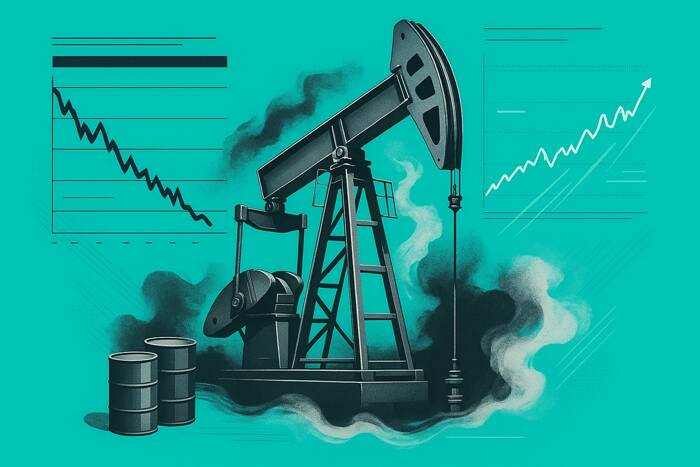Geopolitics Keeps Oil Traders on Edge
Markets continue to weigh supply risks after Ukraine launched its largest drone assault on Russian energy assets to date, targeting at least 361 facilities and sparking a fire at the Kirishi refinery. The attack followed earlier strikes on Primorsk, Russia’s main crude export terminal with a 1 million bpd capacity. Analysts warn that a shift in Ukraine’s strategy toward energy infrastructure could add sustained upside pressure on oil.
At the political level, President Trump signaled the U.S. could impose fresh sanctions on Russia, but only if NATO allies also cut their purchases. The move underscores the geopolitical leverage energy continues to hold in transatlantic relations.
OPEC+ Output Plans vs. Supply Disruptions
While attacks raise the risk premium, traders must balance it against OPEC+ plans to increase output. Analysts argue that oversupply concerns remain in play, though disruptions to Russian refining and export facilities provide an offset. The geopolitical risk premium is preventing crude from fully reflecting weaker macro signals, including softer U.S. labor data and higher inflation reported last week.
Ukraine Tightens Fuel Import Rules
In parallel, Ukraine announced restrictions on diesel imports from India, citing concerns over Russian-origin crude being blended into supply chains. August imports from India totaled 119,000 tons, 18% of total diesel imports, but new testing requirements will slow inflows. The move adds another wrinkle to regional fuel markets already strained by refinery outages and Russian strikes.
China’s Stockpiling Signals
China’s crude imports remain a swing factor, with August showing a surplus of just over 1 million bpd as intake outpaced refinery demand. The buildup suggests Beijing continues to add to strategic and commercial reserves, even as OPEC+ prepares to bring more supply online. Refiners appear to be positioning for lower price ranges in the $50–60 zone, but imports from sanctioned producers Russia, Iran, and Venezuela remain high.
Market Forecast
With futures pressing against technical resistance and geopolitics driving the risk premium, traders face a tug of war between supply risks and oversupply concerns. A breakout above $63.31 could accelerate momentum toward $64.56, though failure would keep the market rangebound. Sanctions chatter, OPEC+ output decisions, and China’s stockpiling remain the key external drivers this week. Crude remains a headline-sensitive trade, with dips likely supported by both technical levels and geopolitical uncertainty.

